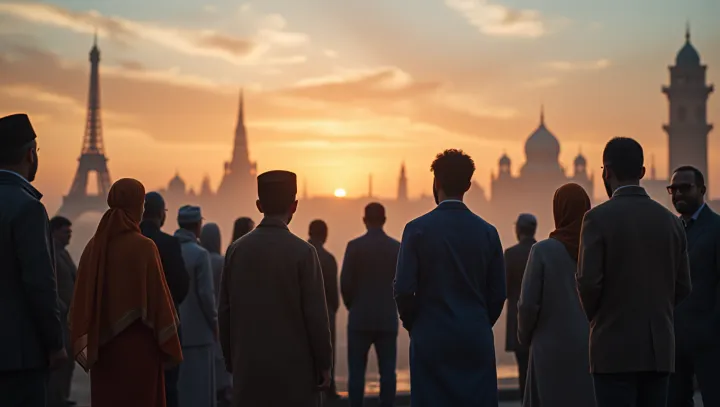Cultural Landscapes: Shaping Our World

Cultural landscapes are more than just beautiful vistas; they are narratives of the complex interplay between culture and geography. From the bustling streets of Paris with its historic Haussmann architecture to the vibrant mix of traditional and futuristic elements in Tokyo, these landscapes influence societal growth and identity. In recent years, cultural landscapes have gained attention as integral to sustainable development discussions.
These spaces offer a unique blend of tradition and innovation, serving as a testament to a society's historical journey while embracing modern needs. In cities like Barcelona, where architectural heritage meets contemporary creativity, the challenges of preserving such richness are apparent. Dr.
Emily Spencer, a renowned cultural anthropologist, notes, 'Understanding the value of cultural landscapes is essential in an era of globalization. They are the bridge connecting generations, allowing us to retain our unique identity amid rapid change.' Efforts to conserve these landscapes are evident across various international initiatives, ensuring that as cities grow and evolve, the cultural footprints are not erased. These endeavors embody a commitment to preserving the essence of cultures, fostering a deeper understanding and respect among diverse populations.
Ultimately, by valuing and safeguarding cultural landscapes, societies are investing in their future, ensuring the continuity of a shared history that transcends regional and national boundaries. Amidst the global dialogue on cultural preservation, these landscapes stand as enduring symbols of human resilience and innovation.
